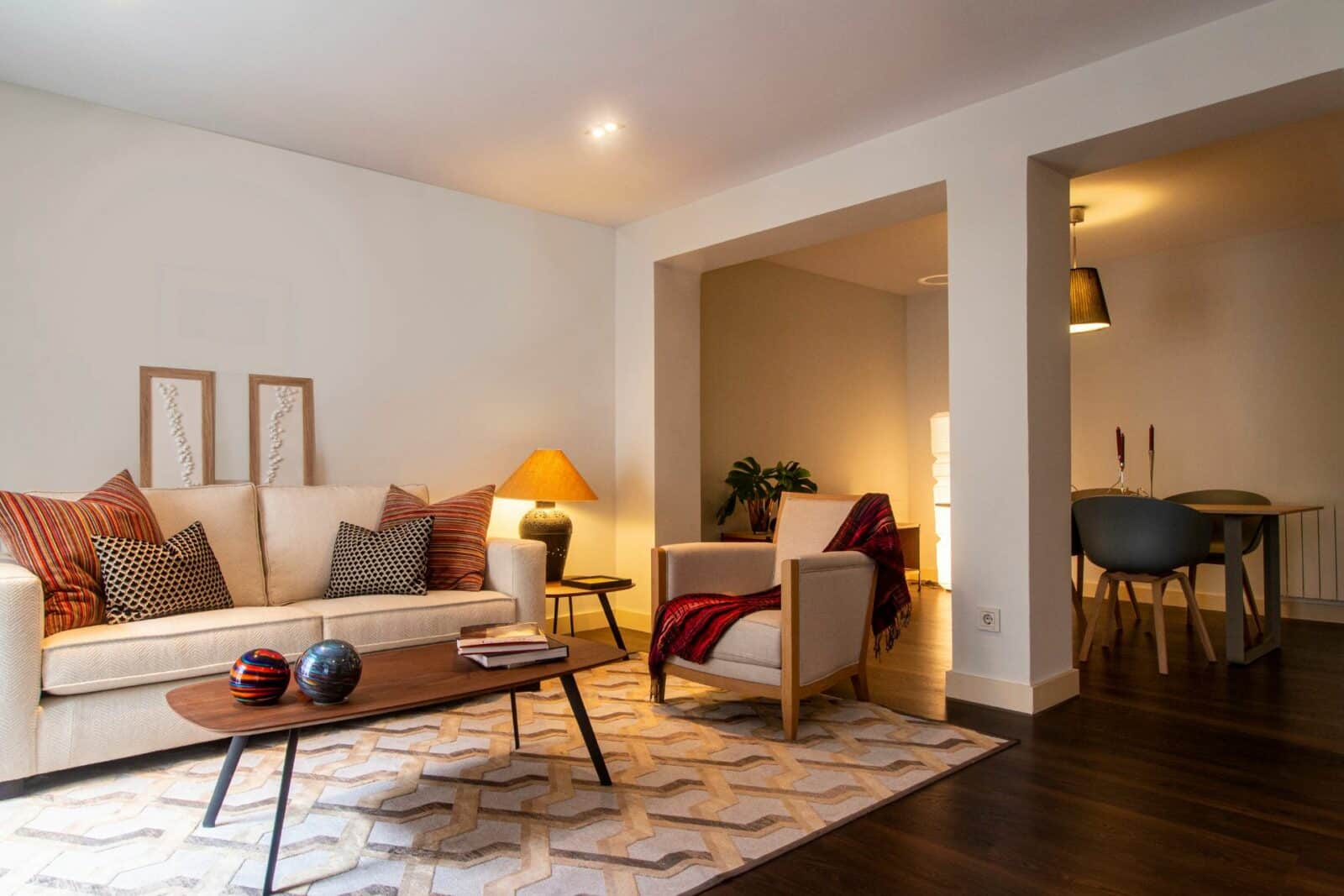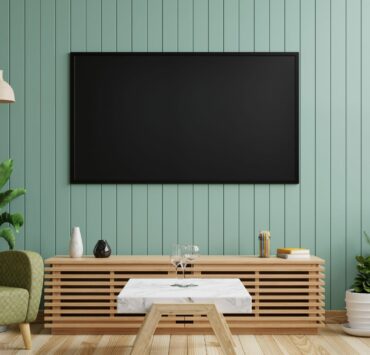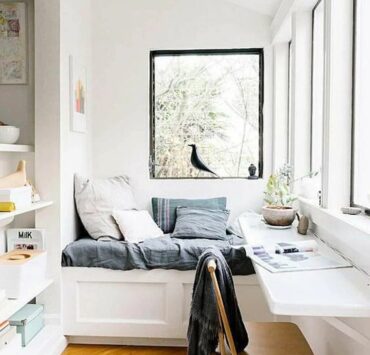Designing a room is a creative journey that allows you to curate a space that resonates with your personality, lifestyle, and preferences. From selecting furniture and colors to arranging decor, every decision shapes the atmosphere and functionality of the room. Whether you’re embarking on a complete room makeover or simply looking to refresh the space, this comprehensive guide will take you through the process of designing a room that combines aesthetics and functionality seamlessly.
Introduction: Your Canvas of Expression
A room is more than just walls and furniture; it’s a canvas where you can express your creativity and craft a living environment that aligns with your individuality.
Step 1: Define Your Purpose and Needs
Begin by clarifying the purpose of the room. Is it a cozy living space, a functional home office, or a serene bedroom? Identify your needs, such as storage, seating, or workspaces.
Step 2: Gather Inspiration
Collect inspiration from various sources—magazines, websites, social media, and even nature. Identify design styles, color palettes, and decor elements that resonate with you.
Step 3: Set a Budget
Establish a budget that covers all aspects of the design, including furniture, decor, paint, and accessories. This helps guide your decisions and prevents overspending.
Step 4: Choose a Color Palette
Select a color palette that sets the mood for the room. Consider the emotions you want to evoke—calm, energizing, cozy, or sophisticated—when choosing colors.
Step 5: Select Furniture and Layout
Choose furniture that suits the room’s purpose and dimensions. Arrange furniture to promote functionality and flow, keeping in mind the room’s focal points.
Step 6: Incorporate Lighting
Layer different types of lighting—ambient, task, and accent—to create a well-lit and inviting atmosphere. Consider fixtures that enhance both functionality and aesthetics.
Step 7: Add Personal Touches
Infuse the room with your personality by adding decor items that reflect your style. Incorporate artwork, photographs, plants, and meaningful objects.
Step 8: Enhance Comfort
Prioritize comfort by selecting cozy seating, soft textiles, and appropriate lighting. Consider how each element contributes to the overall comfort of the room.
Step 9: Optimize Space
Maximize the room’s space by using efficient storage solutions. Consider built-in shelves, wall-mounted organizers, and multi-functional furniture.
Step 10: Balance and Harmony
Step back and assess the room’s overall design. Ensure a balance between furniture, colors, and decor elements to create a harmonious and visually appealing space.
FAQs about Designing a Room
Can I mix different design styles in one room?
Yes, mixing styles can create an eclectic and unique space. The key is to find common design elements that tie the styles together.
How do I make a small room appear larger?
Use light colors, mirrors, and furniture with exposed legs to create an illusion of space. Avoid overcrowding with oversized furniture.
What’s the role of focal points in room design?
Focal points draw attention and guide the room’s layout. Common focal points include windows, fireplaces, and statement furniture.
Can I design a room on a tight budget?
Absolutely. Look for budget-friendly decor options, consider DIY projects, and explore thrift stores or online marketplaces for affordable furniture.
How can I create a cohesive look in an open-concept space?
Use a consistent color palette and design elements throughout the space. Rugs, lighting, and decor items can help delineate different areas.
Is it important to follow design trends?
While trends can offer inspiration, prioritize creating a space that resonates with your personal style and needs over following fleeting trends.
Conclusion: Your Unique Expression
Designing a room is an opportunity to bring your vision to life and create a space that reflects your individuality. By following these step-by-step instructions and considering your needs, preferences, and creativity, you can design a room that not only looks beautiful but also enhances your daily life.
Related posts:
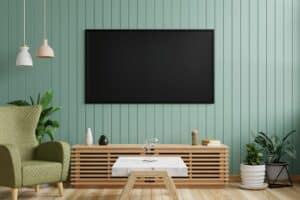 TV Room Design: Creating the Perfect Entertainment Hub
TV Room Design: Creating the Perfect Entertainment Hub
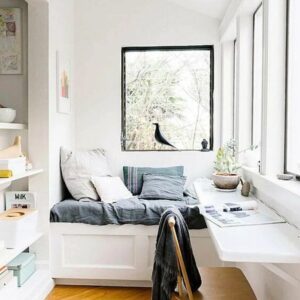 16 Small Bedroom Office Combo Ideas: Achieve That Home-Work Balance
16 Small Bedroom Office Combo Ideas: Achieve That Home-Work Balance
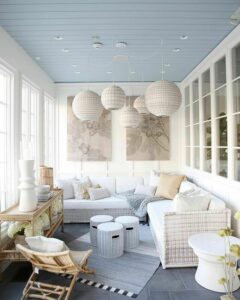 Sunroom Wall Decor: 8 Ideas to Transform Your Sunny Space
Sunroom Wall Decor: 8 Ideas to Transform Your Sunny Space
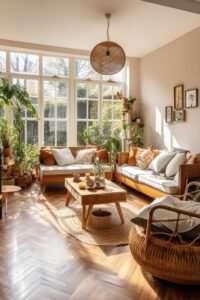 10 Living Room Hardwood Flooring Options: Make the Switch, Make a Statement
10 Living Room Hardwood Flooring Options: Make the Switch, Make a Statement
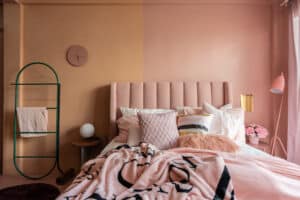 Bedroom Color Ideas and Fresh Trends in 2024
Bedroom Color Ideas and Fresh Trends in 2024
